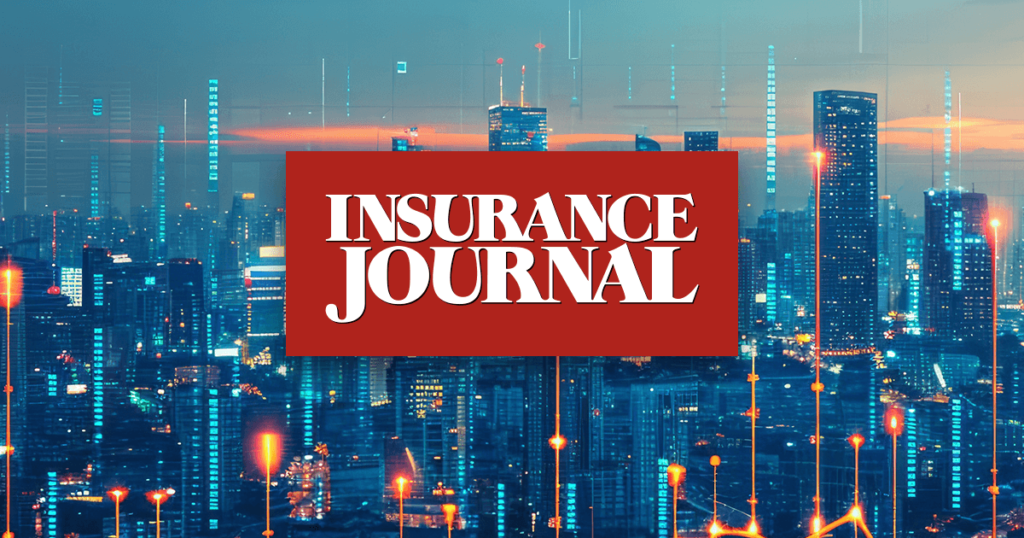Legal System Abuse Hammers Truck Insurance

The U.S. trucking industry has been shaken to its foundations. A welter of external challenges catalyzed the failure of approximately 88,000 trucking firms in 2023. That is 10 percent of the nation’s trucking companies. The chief culprit was a steep rise in operational costs, led by increased driver salaries and lawsuits, resulting in a sharp uptick in truck insurance costs. These challenges powered a vicious cycle of squeezed margins and inflation in the cost of goods transported by trucks. If the rise in operational costs is not brought under control, all Americans will bear the brunt of the trucking industry’s woes in the form of higher prices for all manner of goods transported by truck.
The trucking industry is among the nation’s largest economic sectors. It generates $941 billion in gross freight revenues and employs 8.4 million workers. It transports 73 percent of all U.S. freight, measured by weight. The trucking business is also highly competitive, with hundreds of thousands of players, ranging from tiny independent owner/operators with one or two trucks, to regional shippers, as well as giant publicly-traded long-haul trucking giants with tens of thousands of drivers and power units. Trucking’s ultra-competitiveness is reflected in its slim profit margins, ranging from two percent to six percent, less than half S&P 500 company margins. With such thin margins, a sizable increase to expenses can squeeze a trucking carrier into unprofitability, and it has.
What is Commercial Auto Insurance and why does it matter?
Commercial auto insurance is the insurance product for vehicles that are not private passenger automobiles. With the exception of New Hampshire, all states require trucking companies to carry insurance for third party bodily injury liability and third party property damage liability. In addition to 18-wheeler tractor-trailers and box trucks, buyers of commercial auto insurance are bus companies, livery (taxi and limousine companies), and special-function vehicles such as dump trucks, garbage trucks, cement mixers, tow trucks, et al.
One of the most significant operational challenges for commercial auto is truck driver wage inflation, driven by a shortage of drivers. Truck driver salaries have historically been relatively low, averaging $55,990 per annum., below the $59,384 all-jobs national average. The driver shortage has been pressuring truck carriers to increase wages at rates higher than inflation.
A second challenge squeezing truck carriers is legal system abuse in truck accident litigation, which has led to ballooning courtroom awards, stoking an increase in commercial auto liability insurance cost. Some lawsuits resulted in awards in the tens of millions of dollars; some have even exceeded $100 million. For example, in a crash involving a Werner truck where police determined that Werner and its driver were not negligent, Werner was compelled to settle for $150 million. This came on the heels of another suit against Werner where the jury delivered a $91 million award.
Is Social inflation to Blame?
In recent months there have been several studies released analyzing whether social inflation has been driving liability insurance claim trends. Two of the most recent are by Swiss Re and the RAND Corporation. Social inflation is the phenomenon of civil litigation awards outstripping rise in the consumer price index.
RAND’s analysis of litigation trends, verdicts and insurance claims presents data-based evidence consistent with the expected effects of social inflation. For those without the time to read the entire 104-page study, its main findings are:
The annual number of new tort case filings per capita rose approximately 10 percent between 2012 and 2019 in 19 states for which data were available (nb, the analysis concluded with 2019 data because 2020 and subsequent years were anomalously impacted by Covid, distorting trend).
Plaintiff win rates rose considerably over the study period across all case types.
Inflation-adjusted awards per plaintiff rose an average 7.6-percent CAGR between 2010 and 2019.
Inflation-adjusted severity for high limit policies rose at faster rates than lower-limit policies.
A review of the 2023 underwriting performance of commercial auto insurers bears witness to how unprofitable commercial auto insurance was for insurers. A combined ratio above 100 percent means losses and expenses outstripped premium. Commercial auto’s combined ratio has been below 100 percent in only one of the past 12 years.
Worst-performing 2023 Commercial Auto Liability Combined Ratio
Best-performing 2023 Commercial Auto Liability Combined Ratio
State Farm
136%
Markel
78%
Allstate
134%
Allianz
89%
Chubb
127%
Old Republic
93%
USAA
125%
American Family
94%
Fairfax
125%
AIG
95%
Liberty Mutual
114%
Starr
97%
Nationwide
111%
Progressive
98%
Berkshire Hathaway
110%
Farmers
98%
The Travelers
110%
QBE
98%
The Hartford
104%
Cincinnati
98%
Average of Above
120%
Average of Above
94%
Source: S&P Capital IQ Pro
The Road Ahead for Commercial Auto Insurance
Because the commercial auto insurance product continues in the red, steps need to be taken, mainly at the state level, to restore stability to the commercial auto market. These should include:
Introducing caps on pain and suffering and punitive damage awards
Restricting phantom damages
Exploring the impact of third party litigation funding on commercial auto
The good news is that there have been some positive developments in the tort environment for truck accident litigation:
Pain and suffering awards limited to $5 million in Iowa
Use of seatbelt admissible as evidence in Indiana
Disclosure of third party litigation funding in Montana
Comparative negligence, lower statute of limitations and restrictions on phantom damages in Florida
Progress in such initiatives will be good for trucking firms, for insurance providers and for all of us consumers buffeted by inflation. Movement in the opposite direction – increases in operational costs borne by trucking companies – will have consequences that will extend far beyond the trucking industry.
Topics
Auto
Interested in Auto?
Get automatic alerts for this topic.





